Welcome to the captivating world of African wild dogs! In this article, we will delve into the intriguing lives of these majestic creatures and uncover 10 fun facts that will leave you in awe of nature’s unbridled splendor. From their exceptional hunting skills to their social dynamics, African wild dogs offer a remarkable glimpse into the wonders of the animal kingdom. Join us on this adventure as we explore the remarkable world of African wild dogs!
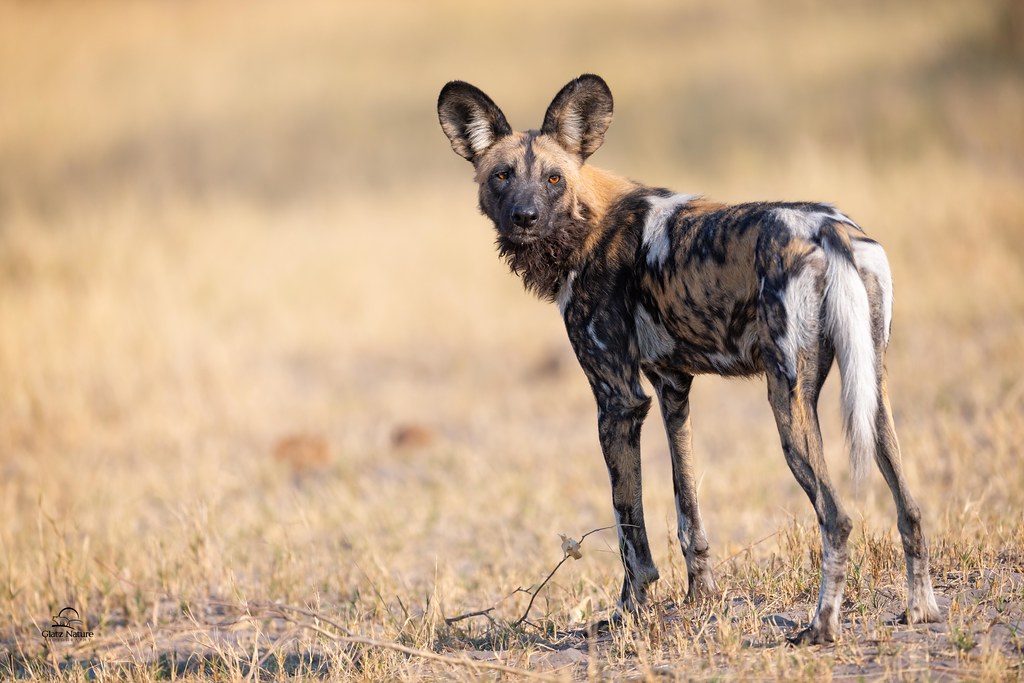
1. The African Wild Dog: An Introduction
The African wild dog, scientifically known as Lycaon pictus, is a fascinating and highly endangered species native to sub-Saharan Africa. Also referred to as the African painted dog or Cape hunting dog, these animals are renowned for their intricate social structure, exceptional hunting abilities, and unique coat patterns. Let’s embark on a journey to unravel the captivating world of African wild dogs!
2. The Scientific Name and Classification of African Wild Dogs
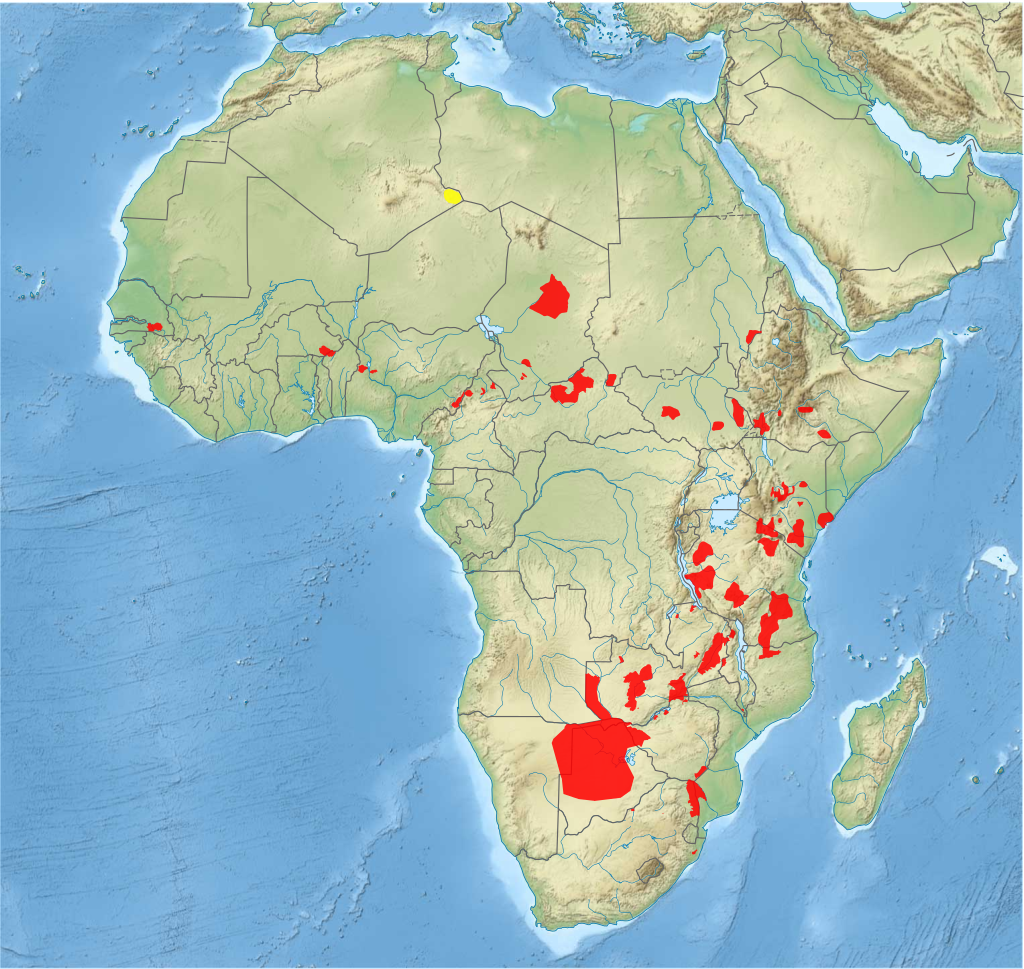
Scientifically known as Lycaon pictus, the African wild dog belongs to the family Canidae, which also includes wolves, foxes, and domestic dogs. Its genus name, Lycaon, originates from Greek mythology, referring to a mythical half-human, half-wolf creature. The species name, pictus, translates to “painted” in Latin, alluding to the wild dog’s striking coat patterns.
3. Physical Characteristics of African Wild Dogs

African wild dogs possess distinctive physical features that set them apart from other canids. They exhibit a slim and lean body built for speed and endurance, enabling them to cover long distances during hunts. With a height of around 30 inches at the shoulder and a weight of 55 to 70 pounds, these dogs are relatively smaller than their close relatives, such as the gray wolf. Their most striking characteristic is their colorful coat, which consists of patches of black, yellow, and white, making each individual unique and easily identifiable.
4. The Habitat and Range of African Wild Dogs
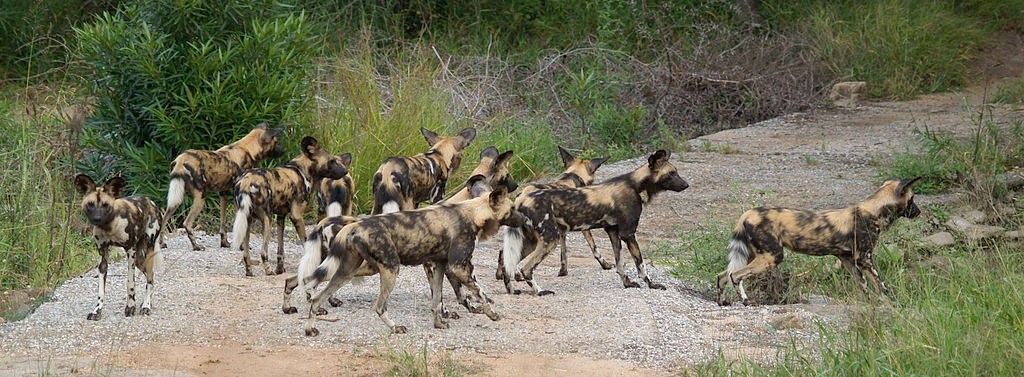
African wild dogs are primarily found in the open savannas, grasslands, and woodland areas of sub-Saharan Africa. They are highly adaptable and can inhabit a variety of ecosystems, including deserts and mountainous regions. These dogs have been observed in countries such as Botswana, Tanzania, Zimbabwe, and South Africa. However, due to habitat loss and human encroachment, their range has significantly decreased over the years.
5. Hunting Strategies and Techniques
African wild dogs are incredibly skilled hunters, employing unique strategies to secure their prey. Unlike other large carnivores that rely on brute strength or stealth, these dogs utilize cooperative hunting techniques. They work together in well-coordinated packs, pursuing their prey over long distances until exhaustion sets in. Once the prey is weakened, the dogs deliver a series of quick and fatal bites, ensuring a successful hunt.
6. Social Structure and Pack Dynamics
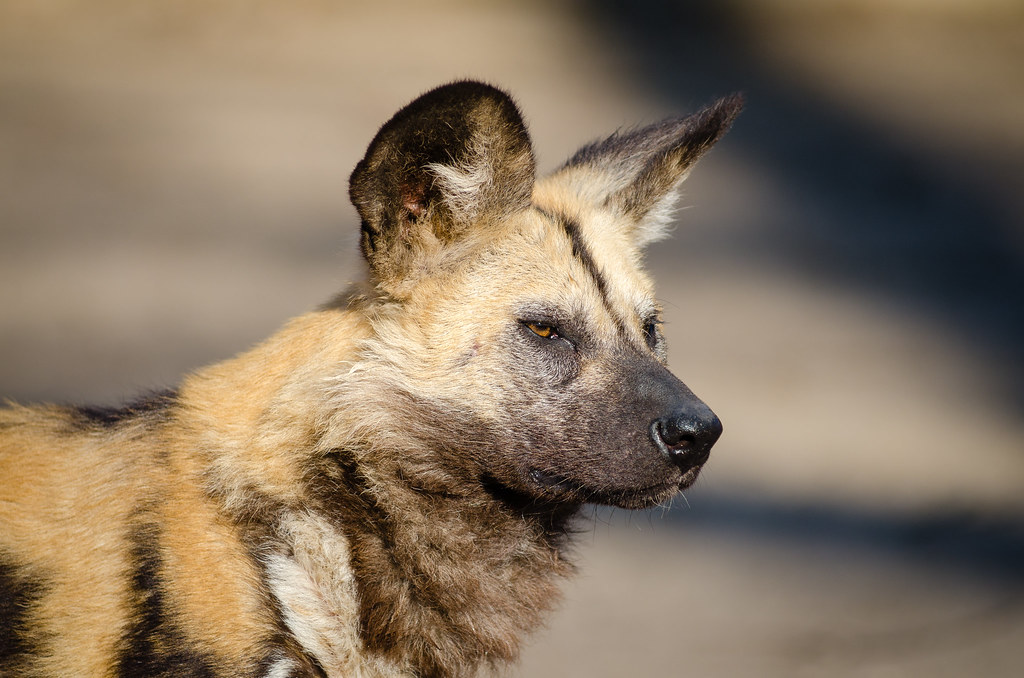
The social structure of African wild dogs is intricate and highly organized. They live in packs comprising up to 20 individuals, although packs of 10 to 12 dogs are more common. Each pack has an alpha pair, consisting of a dominant male and female, who lead and make important decisions for the group. The pack relies on cooperation, communication, and a sophisticated hierarchical structure to thrive in the challenging African wilderness.
7. Reproduction and Family Life

Breeding within African wild dog packs is predominantly monopolized by the alpha pair. Once the alpha female gives birth, the entire pack takes on the responsibility of raising the pups. This cooperative breeding system ensures the survival and welfare of the young. Interestingly, only the alpha female is known to reproduce, making African wild dogs one of the few mammal species with such a reproductive strategy.
8. Communication and Vocalizations

African wild dogs communicate with each other through a diverse range of vocalizations, body postures, and facial expressions. They emit high-pitched chirps, squeaks, and whoops to convey messages within the pack during hunts or territorial disputes. Additionally, they use intricate body language and facial gestures, such as ear movements and exaggerated yawns, to express dominance, submission, and other social cues.
9. Prey and Predators
African wild dogs primarily hunt medium-sized ungulates, such as impalas, gazelles, and wildebeests. Their exceptional stamina and cooperative hunting tactics make them formidable predators in the African savanna. However, they face threats from larger predators, including lions and hyenas, who often compete for the same prey. Human activities, such as habitat fragmentation and conflicts with livestock, also pose significant challenges to the survival of African wild dogs.
10. Conservation Status and Threats
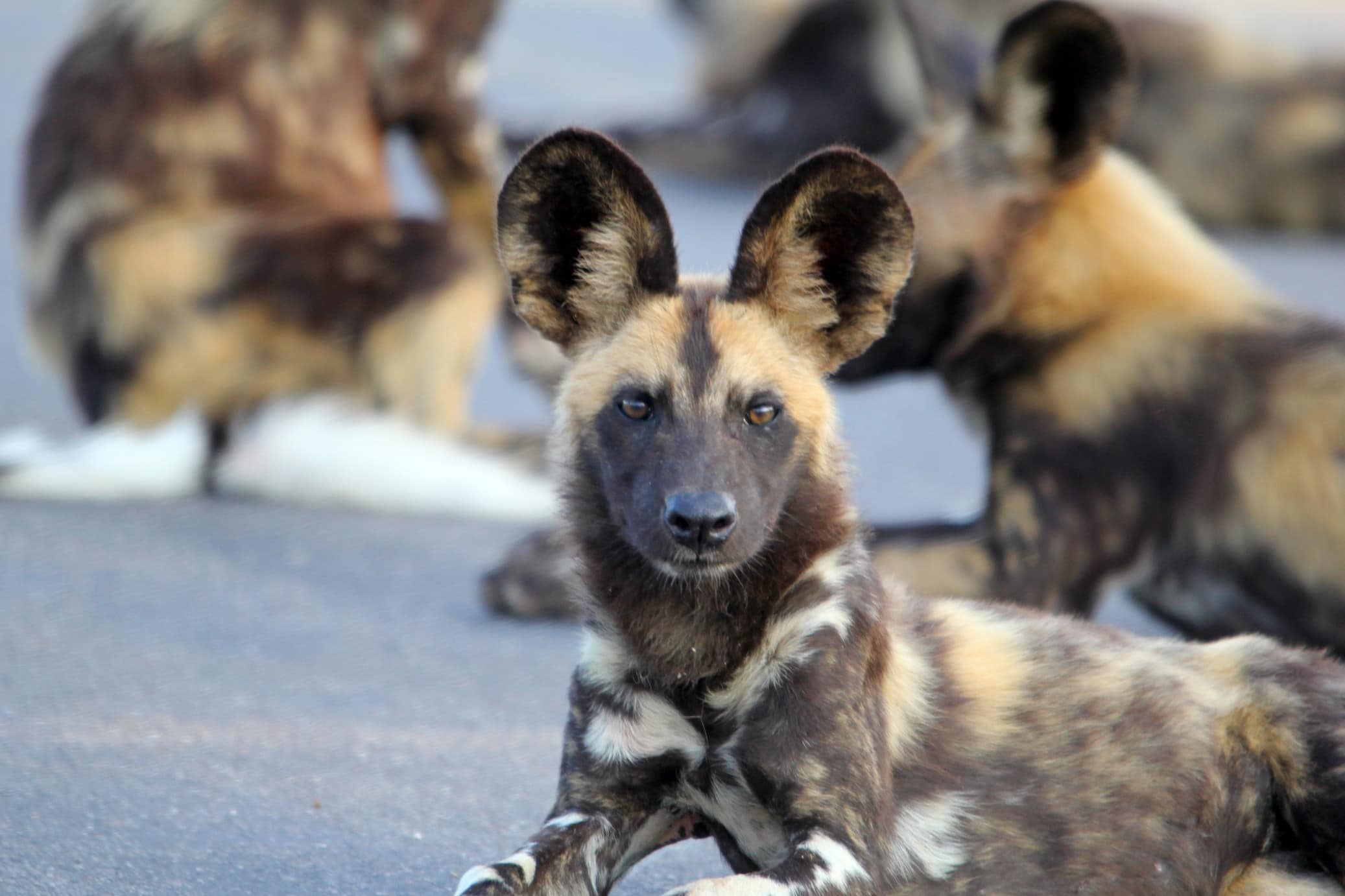
The African wild dog is listed as an endangered species by the International Union for Conservation of Nature (IUCN). Their population has experienced a significant decline due to habitat loss, human persecution, and diseases transmitted by domestic dogs. Conservation efforts, such as protected areas, anti-poaching measures, and community education, are crucial for the long-term survival of these remarkable creatures.





